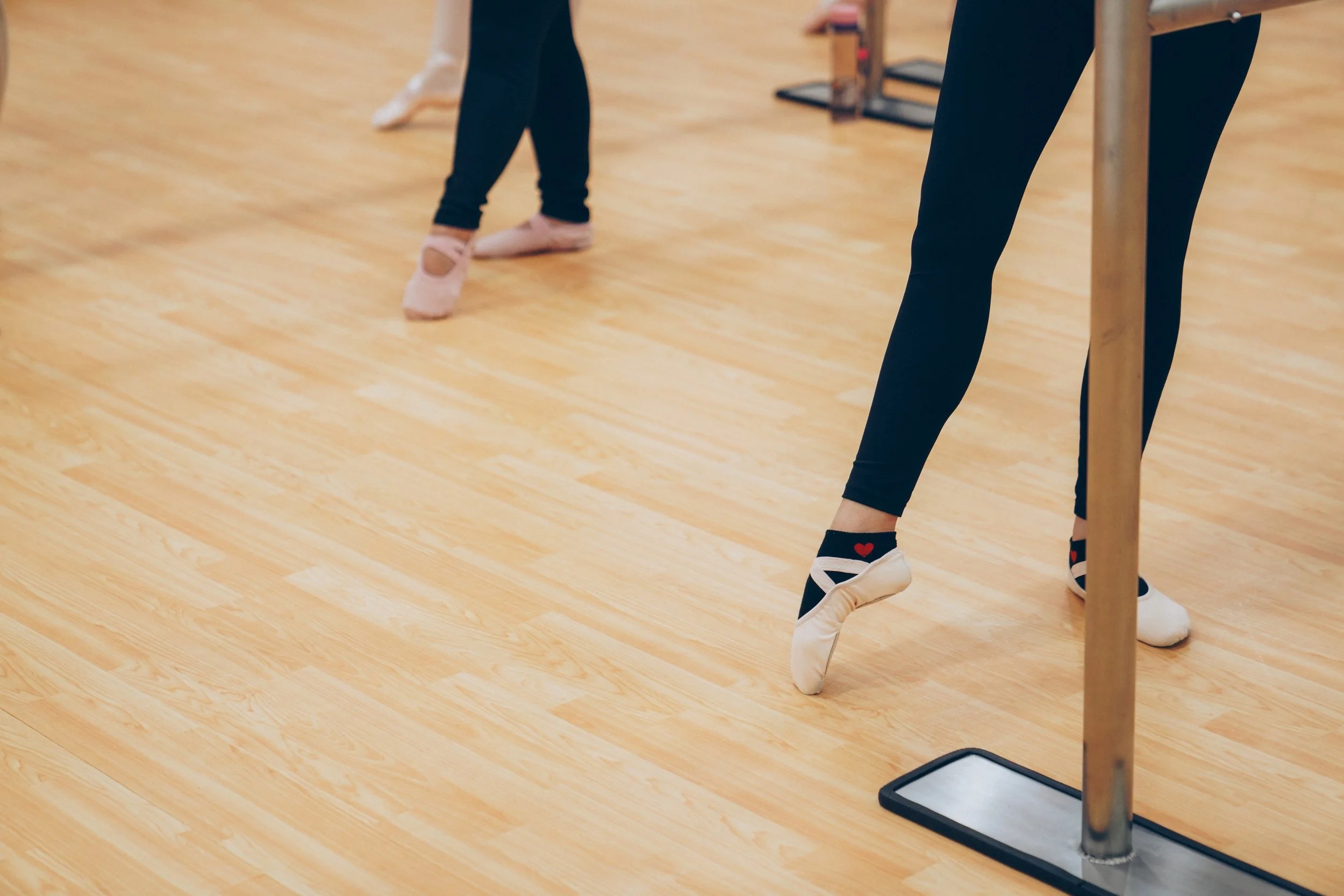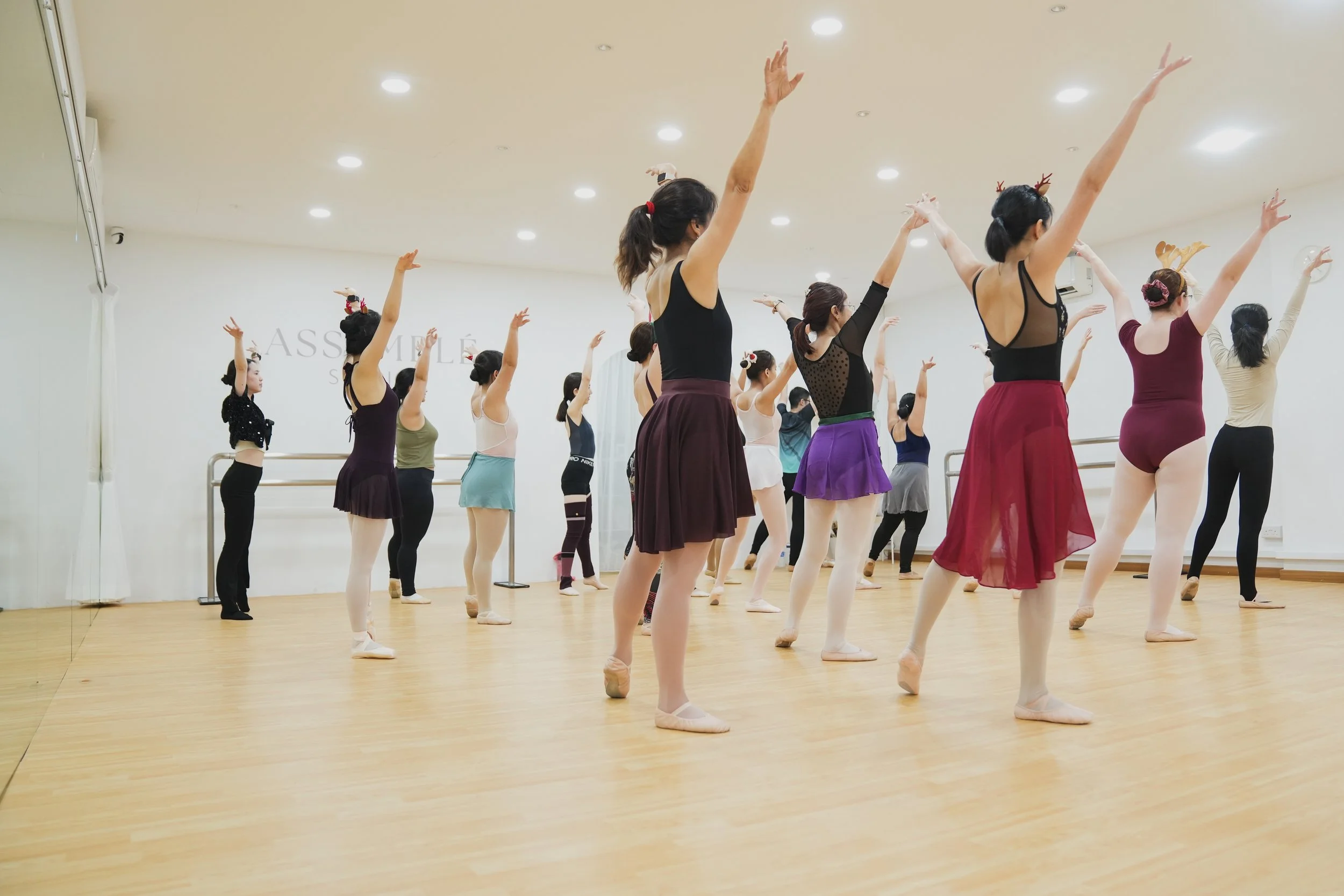Why Full Sole Leather Ballet Shoes Don’t Necessarily Strengthen Your Feet
While full sole leather ballet shoes are often recommended for beginners on the basis that they “help strengthen the feet,” this assumption deserves a closer look — and, in many cases, a challenge.
1. Resistance Alone Does Not Equal Functional Strength
The idea that a full sole offers more resistance (and therefore builds strength) is a bit simplistic. Resistance without proper muscular engagement or feedback can lead to compensatory movements, such as gripping the floor with the toes or over-recruiting the wrong muscles. True strengthening comes from targeted muscle activation and mindful technique, not just from pushing against more material. A dancer who is trained with sound alignment, movement awareness, and correct muscle use will build strength regardless of whether they wear a full sole or a split sole shoe.
2. Split Soles Offer Better Visibility of Footwork
Split sole shoes contour closely to the arch, allowing both the dancer and teacher to observe what the foot is actually doing. Being able to see the shape of the foot clearly — how it points, how it articulates through tendu and relevé — is critical in training healthy technique. In contrast, full sole shoes can sometimes bunch or gap at the arch, creating a false visual cue. This makes it difficult to assess whether a dancer is truly working through the foot correctly. If form is unclear, then the quality of foot strengthening is compromised.
3. Better Line = Better Feedback
Especially for dancers with lower arches or naturally flatter feet, the fit and aesthetic of a split sole can enhance the perceived line of the foot. While some may dismiss this as cosmetic, a clean line helps dancers get instant visual feedback on their progress and alignment. It also helps teachers correct inefficient patterns early. Being able to see how the foot moves can improve proprioception just as much — if not more — than the rigidity of a full sole.
4. Full Sole is Not Always More Supportive
There’s also a misconception that full soles offer more “support”. In reality, the stiffness of a full sole doesn’t translate into joint support; rather, it can mask weak spots and inhibit full articulation. Many experienced instructors now recognise that full soles may limit natural range of motion in the arch and ankle, especially in dancers with stiffer feet, thus reducing the mobility needed for effective technique development.
In Summary:
Ultimately, the best shoe is one that allows the dancer to feel, see, and refine their movement. For many, that is the split sole — not because it’s “easier”, but because it provides better feedback, encourages mindful control, and supports proper technique development, which is the true foundation for strength.
What are your thoughts?






